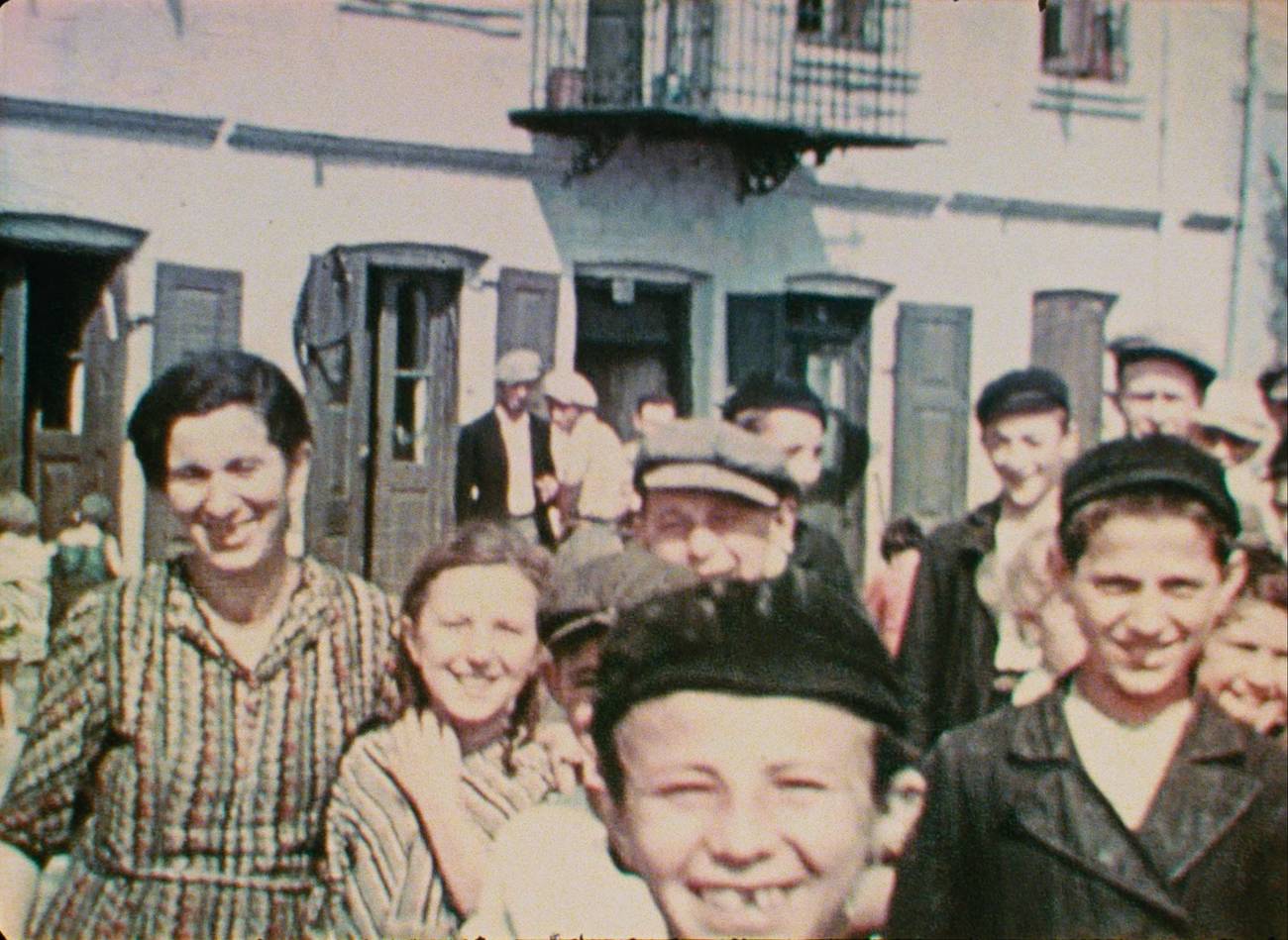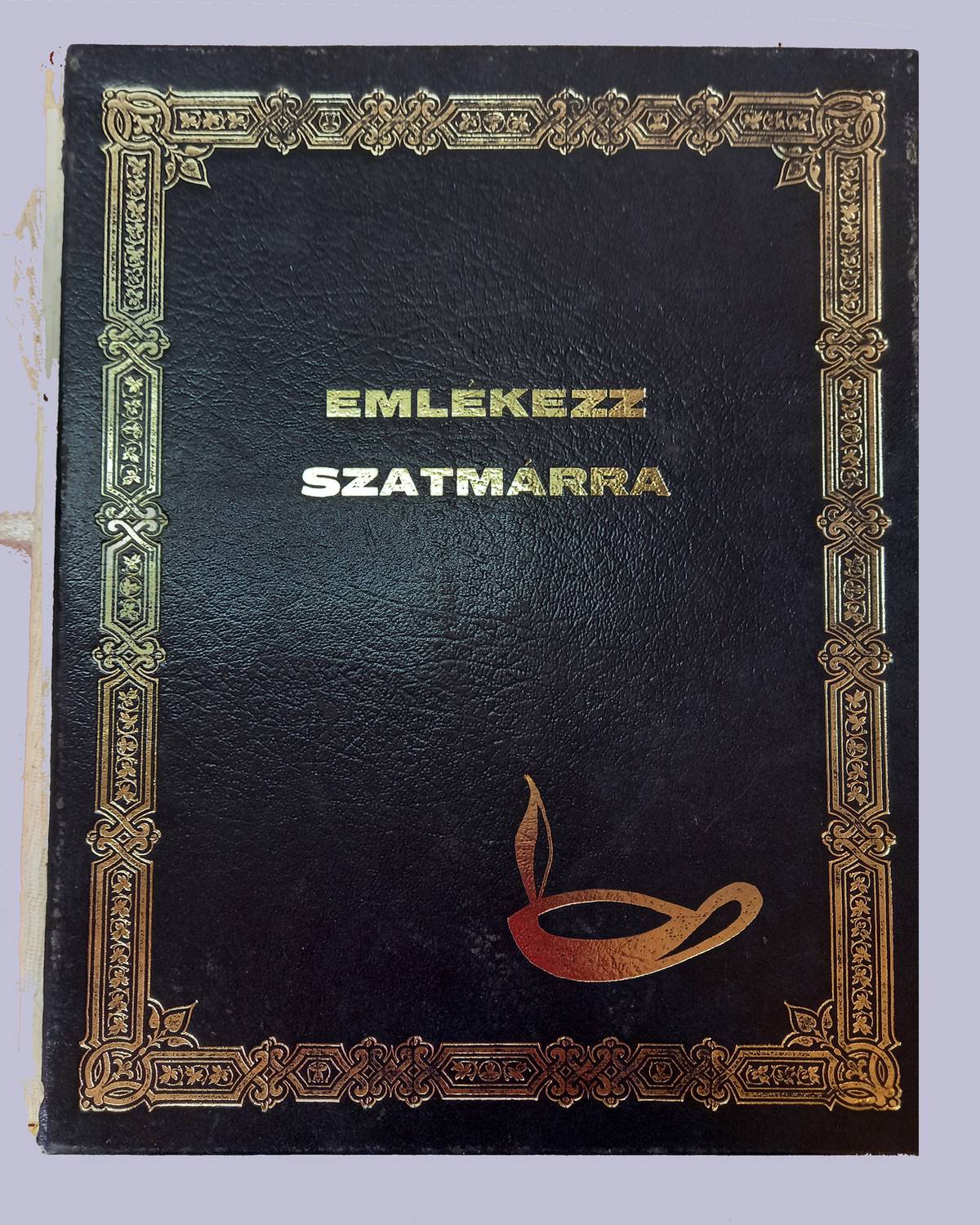 rys.Andrzej Markowski-Wedelstett
rys.Andrzej Markowski-Wedelstett
 Kogo i w jaki sposób chciałby zniszczyć ob. Kaczyński?
Kogo i w jaki sposób chciałby zniszczyć ob. Kaczyński?
Andrzej Koraszewski
Blisko dwugodzinne spotkanie Jarosława Kaczyńskiego z mieszkańcami Chojnic wywołało już mnóstwo komentarzy i jak się wydaje najbardziej poruszyła jego zapowiedź „zniszczenia tych ludzi”.
Całe jego godzinne wystąpienie (w drugiej części były pytania i odpowiedzi), poświęcone było pochwałom sukcesów zjednoczonej prawicy, demonizacji opozycji i straszeniu Niemcami. Dla socjologa nie jest istotne, co sam słyszy, ale próba odpowiedzi na pytanie, co właściwie usłyszeli ludzie, biorący słowa mówcy za dobrą monetę.
Oprócz obecnych na sali to spotkanie obejrzało w Internecie kilka dziesiątków tysięcy ludzi i sądząc z zamieszczanych przez Internautów komentarzy można mieć wrażenie, że większość była oburzona, niektórych śmieszył pokraczny język, jeszcze innych Kaczyński po prostu nudził.
Co usłyszeli inni? Usłyszeli, że PiS chce wyrównać warunki życiowe mieszkańców prowincji z warunkami ludzi z wielkich miast, usłyszeli, że PiS uporządkował finanse, bo wcześniej pieniądze publiczne były rozkradane, dowiedzieli się, że teraz jest tych pieniędzy więcej na ich sprawiedliwe rozdzielanie i na bardziej solidarną politykę państwa. Polityka poprzedników, mówił Kaczyński, „była polityką podporządkowania się Niemcom, a przy okazji Rosji”, Niemcy wykorzystują Unię Europejską, żeby zostać mocarstwem. Kaczyński przekonywał, że Niemcy, jako najsilniejszy kraj Unii, ustawiają wszystko dla własnych interesów i chcą mieć Polskę pod swoim butem.
Życzliwy Kaczyńskiemu słuchacz słyszał – „my nie chcemy być pod żadnym butem i to jest zasadnicza różnica między nami a naszymi przeciwnikami”. Zapewne wielu pomyślało, że trudno się z takim zdaniem nie zgodzić. Czy zauważyli manewr prezentowania opozycji jako nie-Polaków, zdrajców, kłamców, ludzi nieuczciwych? Trudno powiedzieć. Nikt nie protestował.
W tej krytyce Unii Europejskiej nie było konkretów, widzieliśmy konsekwentne granie na narodowych fobiach, przekonywanie, że po drugiej stronie są siły ciemności, a przegranie wyborów będzie oznaczać katastrofę dla zwykłych ludzi.
Strasząc możliwością sfałszowania wyborów przez opozycję Kaczyński zapowiadał nowelizację kodeksu wyborczego, zapewniał, że opozycja stosuje przemoc i podżega do awantur i przemocy, sądy są uwikłane w układach i wydają skandaliczne wyroki, gospodarka była wcześniej zdominowana przez ludzi z politycznymi koneksjami i dopiero PiS zaczął to porządkować i potrzebuje kolejnej kadencji, żeby doprowadzić sprawy do końca.
Retoryka konsekwentna i teoretycznie łatwa do przejrzenia. Populizm i demagogia to skuteczna broń dobrze znana od czasów starożytnych. Demonizowanie przeciwników politycznych przybiera dziś w wielu krajach podobne formy, jak w pierwszych dekadach ubiegłego wieku i podobnie jak wówczas trafia na podatny grunt.
Niektórzy twierdzą, że podatność na teorie spiskowe jest wielkością stałą, że wręcz jest to bardziej kwestia osobowości niż poziomu wykształcenia. Jednak zdaniem historyka średniowiecza i ruchów milenijnych, Richarda Landesa, ta podatność ma charakter falowy i czasami przybiera postać zbiorowego obłędu.
Jest gorzej: odwołująca się do demagogii tyrańska władza, podkręcając oparty na teoriach spiskowych radykalizm, siłą rzeczy radykalizuje opozycję, co może redukować do zera możliwości parlamentarnego rozstrzygania sporów. Kaczyński przedstawiał swoich politycznych przeciwników jako ludzi niezdolnych do dialogu.
– Tacy ludzie są – mówił – i oni występowali nawet w najcięższych sytuacjach, nawet w czasach drugiej wojny światowej. Wszyscy, którzy choćby trochę znają historię o tym wiedzą. Tacy ludzie dzisiaj są zaangażowani w to, żeby Polskę właśnie poprzez tę metodę prowadzenia walki politycznej degradować, żeby wprowadzać do życia publicznego przemoc. – Rzucanie kamieniami, przepraszam, że tak mówię, ale zwykłe chamstwo. Żeby sprowadzać nasze społeczeństwo do poziomu lumpenproletariatu, to jest cel tych ludzi. Osiem gwiazdek, to słowo na “w”, które było tak słyszane w pewnym momencie i ciągle jest słyszane. Otóż to jest właśnie tego rodzaju akcja, Polska nie może być silnym narodem, nie może mieć silnego państwa, bo to się nie podoba naszym sąsiadom. Otóż nie! Będziemy mieli silne państwo i zniszczymy tych ludzi.
Konstrukcja tego akapitu, w kontekście całego, godzinnego przemówienia nie pozostawia wątpliwości, że jest to odrzucenie parlamentaryzmu i świadome pchanie do konfrontacji.
Spotkanie było dobrze wyreżyserowane, nie tylko ze starannie dobraną publicznością, ale również z klakierami i (prawdopodobnie) również z ostatnim człowiekiem, któremu na prośbę Kaczyńskiego pozwolono zadać pytanie, a który tak się dziwnie złożyło, chciał się poskarżyć na niesprawiedliwy wyrok sądu i dobry prezes poprosił o przekazanie mu papierów z sądu.
Na odśpiewane na hasło zapiewajły końcowe „sto lat”, prezes Kaczyński ukłonił się jak aktor na scenie i powiedział, że nic z wielkich sukcesów, o których mówił, nie byłoby możliwe bez wkładu jego brata, który jak wszyscy wiedzą, zginął tragicznie.
Obawiam się, że ten objazdowy teatr pana Kaczyńskiego może być bardziej skuteczny niż wielu sądzi.





